Vice & Contemporary Art: A Critique of Power and Excess
written by art historian & curator
One of the most persistent themes across art history is the depiction of vice — the moral failings, indulgences, and corruptions that have always been part of the human experience. In classical art, vices were often represented as moral warnings, contrasted against virtues to instruct viewers on the consequences of ethical missteps. However, as art has evolved, so too has the interpretation of vice. In the context of contemporary art, vice is not simply portrayed as a moral failing, but rather as a critique of larger societal structures—particularly those built on power, wealth, and excess.
Videos you may enjoy as well:
The relationship between art and vice has grown complex in the modern era. Global capitalism, consumerism, and the commodification of nearly every aspect of our lives have provided fertile ground for contemporary artists to critique how these forces shape human behavior. The unchecked pursuit of wealth, materialism, and power has become central to understanding modern society’s vices, and contemporary art has risen to challenge these trends. Unlike classical portrayals of vice, where the consequences of indulgence were often depicted as a personal downfall or spiritual compromise, contemporary artists focus on the systemic and institutionalized forms of vice that manifest through greed, political authority, and social inequality.
By confronting the seductive allure of wealth and the corrupting influence of power, contemporary art forces its audience to confront uncomfortable truths about their own complicity in these vices. Far from presenting moral absolutes, contemporary art often blurs the line between critique and participation, making its audience question the very fabric of modern ethics.
Greed and Materialism in Contemporary Art
In an age of rampant consumerism, greed is often seen as one of the defining vices of contemporary society. Artists frequently explore this theme by drawing attention to the obsession with wealth, luxury, and the accumulation of material goods. Damien Hirst’s ”For the Love of God” (2007) is perhaps one of the most iconic examples of how contemporary art critiques greed and materialism. The piece, a life-sized human skull encrusted with 8,601 diamonds, is both a celebration of luxury and a stark reminder of the inevitability of death. Hirst’s work highlights the tension between material wealth and the futility of its pursuit in the face of mortality. While the skull is undeniably beautiful and valuable, it serves as a memento mori—a reminder that death renders material possessions meaningless.
This critique of greed extends to the broader art market itself, where art is often commodified and traded as a status symbol rather than being appreciated for its intrinsic value. Hirst’s diamond skull was sold for a staggering $100 million, a price tag that underscores the absurdity of the art market’s relationship with wealth. By creating an artwork that is both a critique of greed and a product of it, Hirst forces viewers to confront their own complicity in the commodification of art. The skull’s glittering surface may represent the ultimate symbol of luxury, but its hollow eyes are a reminder that wealth cannot shield us from death.
The Commodification of Art
As art has increasingly become a commodity in its own right, artists have responded by creating works that challenge the way art is bought, sold, and consumed. Jeff Koons is one artist who embodies this critique, creating works that are intentionally superficial and mass-produced, yet command astronomical prices in the art market. His sculptures, such as his famous ”Balloon Dog” series, are made to resemble cheap, disposable toys but are cast in expensive materials like stainless steel. This juxtaposition of the ephemeral and the permanent raises questions about the value we assign to objects, and by extension, to art itself.
Koons’ work critiques the idea that art must be exclusive or difficult to produce in order to be valuable. By creating objects that mimic mass-produced consumer goods, he challenges the traditional notion of art as something sacred or unique. At the same time, however, his works are sold for millions of dollars, making them luxury items that are accessible only to the wealthy elite. This irony is not lost on Koons, whose work plays with the tension between high and low culture, and between art as a commodity and art as a form of expression. In doing so, he exposes the contradictions of the contemporary art world, where the pursuit of wealth and status often overshadows the intrinsic value of artistic creation.
Critiquing Power and Authority
Beyond greed and commodification, contemporary art also frequently critiques power and authority. Artists like Jenny Holzer and Barbara Kruger use text-based art to challenge how power is exercised in modern society, often focusing on political corruption, corporate greed, and manipulating public opinion. Holzer’s famous “Truisms” series, which consists of concise, usually provocative statements projected onto public buildings or displayed on LED signs, addresses how power operates through language and ideology. Statements like “Abuse of power comes as no surprise” or “Money creates taste” reflect the cynicism and distrust that many people feel toward institutions of power, whether they are governments, corporations, or the art world itself.
Barbara Kruger’s work similarly critiques the intersection of power, consumerism, and gender. Her iconic pieces, which often feature bold text layered over black-and-white photographs, challenge the viewer to consider how media, advertising, and societal norms shape our understanding of identity and power. Works like Untitled (Your Body Is a Battleground, 1989) confront how women’s bodies are commodified and controlled, both by corporate interests and by patriarchal power structures. Kruger’s use of the visual language of advertising—bold typography, direct address, and high-contrast imagery—subverts the tools of power, using them to critique the very systems they support.
Holzer and Kruger encourage viewers to question their own relationships to authority and to recognize how power shapes their lives. Their works remind us that the exercise of power is not always visible but is nonetheless pervasive, infiltrating even the most mundane aspects of our existence.
Wealth, Power, and Mortality
A recurring theme in contemporary art’s critique of vice is the relationship between wealth, power, and mortality. While greed and excess may provide temporary satisfaction, they ultimately fail to protect individuals from the universal inevitability of death. This theme is explored in works that juxtapose symbols of wealth and power with reminders of human fragility. In addition to Hirst’s ”For the Love of God”, another example is Maurizio Cattelan’s ”America” (2016), a fully functional toilet made of 18-karat gold. Cattelan’s piece, which was installed in the Guggenheim Museum’s restroom, invites viewers to confront the absurdity of luxury and the ways in which wealth is often flaunted in meaningless or self-indulgent ways. The golden toilet is a literal representation of excess, but it also functions as a reminder that, regardless of wealth or status, we all share basic human needs.
Cattelan’s work, like Hirst’s, highlights the limits of wealth and power in the face of mortality. No matter how much one accumulates, death remains the ultimate equalizer, rendering all material possessions irrelevant. This critique of excess is not limited to individual greed but extends to societal structures that prioritize wealth and power over human dignity and connection. By exposing the hollow nature of materialism, contemporary artists like Cattelan and Hirst challenge viewers to reconsider their own values and the ways in which they pursue fulfilment.
Rather than simply condemning vices from modern society, artists like Damien Hirst, Jeff Koons, Jenny Holzer, and Maurizio Cattelan present them in ways that invite reflection and self-awareness. Their works do not offer straightforward moral lessons but rather provoke questions about the systems that perpetuate inequality and excess, and our own roles within them. By presenting vice in such a nuanced and multifaceted manner, these artists highlight how deeply ingrained these behaviors are in our social and economic structures, and how difficult they are to separate from modern life.
Ultimately, contemporary art disrupts complacency and invites change. It forces us to confront the ethical dilemmas embedded in the fabric of modern life, reminding us that while wealth and power may be seductive, they are fleeting—and often come at the cost of deeper, more lasting forms of fulfilment and human connection. By challenging our perceptions of value, vice, and virtue, contemporary artists leave us with a pressing question: in a world driven by power and excess, what do we truly want to leave behind?

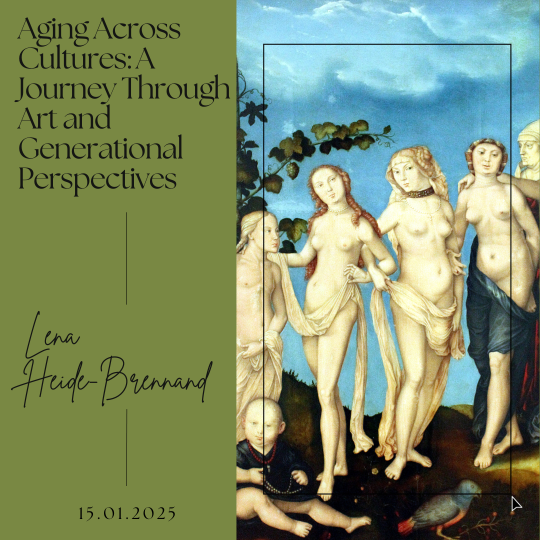
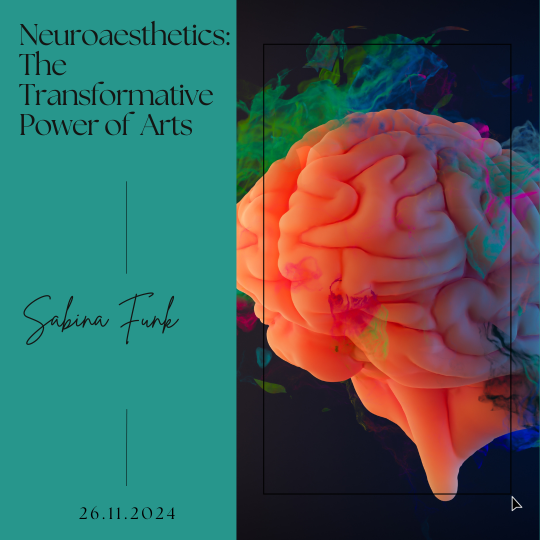
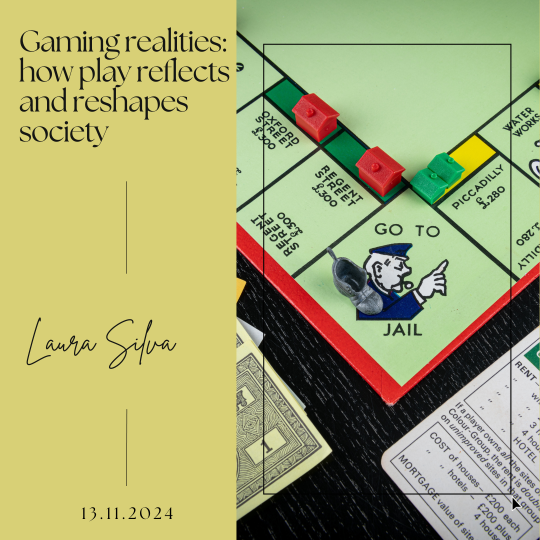
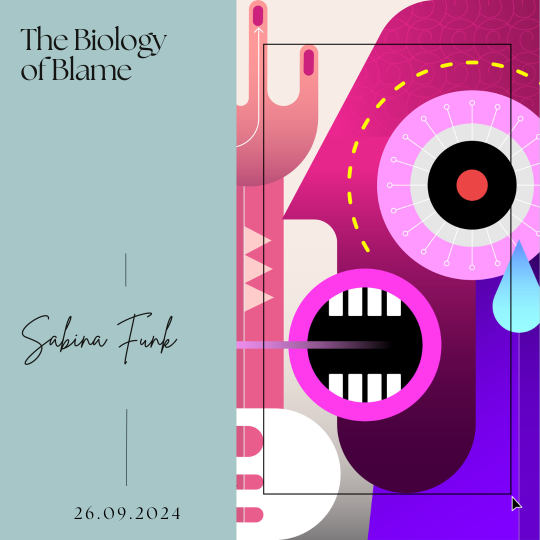

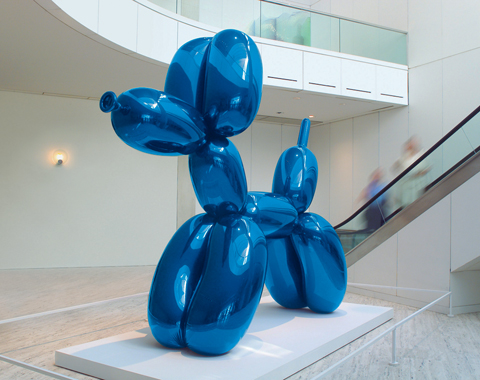
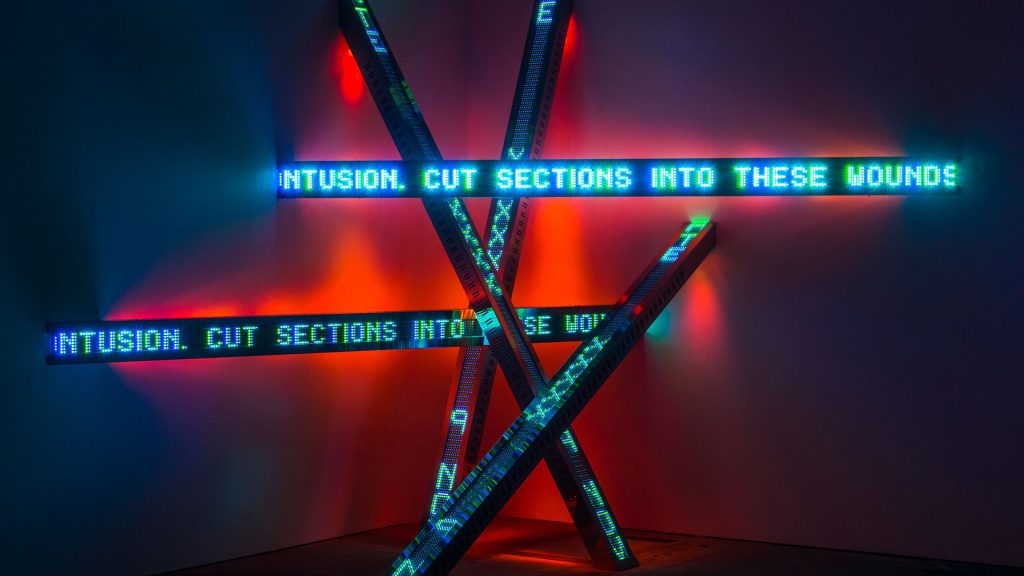
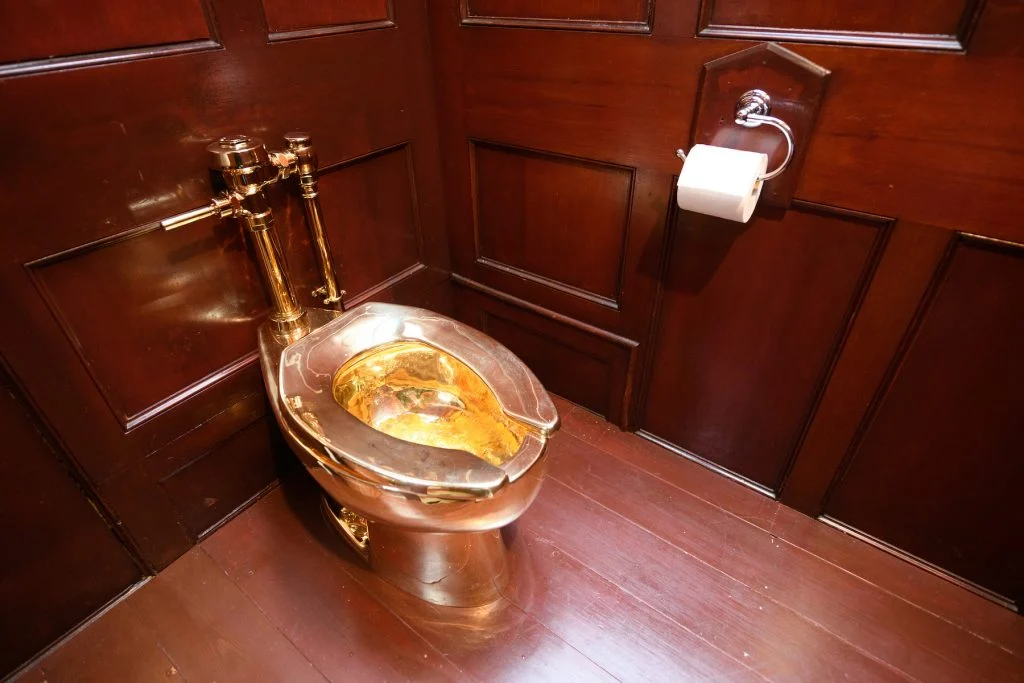
Leave a Reply